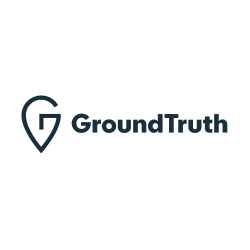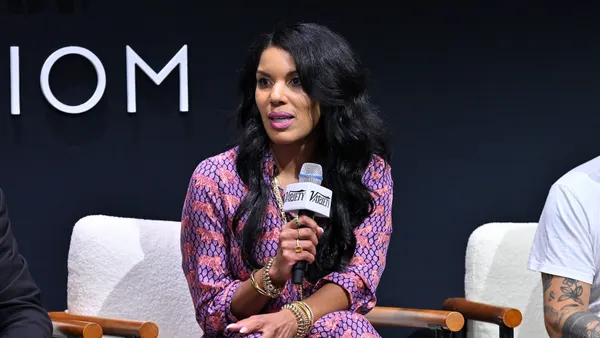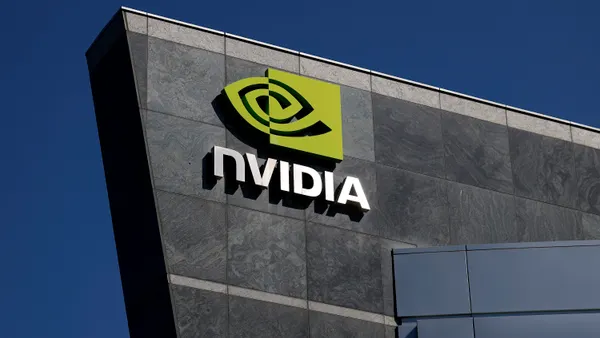Dive Brief:
- A string of bad news for would-be disruptor companies like Brandless is unlikely to cool the direct-to-consumer (DTC) category's larger impact on marketing, particularly as it pertains to growth strategies, GroupM's Global President of Business Intelligence Brian Wieser wrote in a blog post.
- While growth is slowing for DTCs, it remains strong compared to traditional business models, even if the scale is notably smaller. The DTC category posted 22% year-on-year growth in 2019, per Wieser's crude estimates. He defines DTCs as: less than 10 years old; not a unit of a larger company; the primary manufacturers of their products; the primary sellers of their products through self-branded e-commerce sites, with physical retail or third-party sellers as secondary channels; not primarily marketplace operators; not primarily providers of services; and not multilevel marketers.
- Wieser said marketers should still look to DTCs for disruptive approaches to "growth hacking," first-party data, customer acquisition costs, lifetime value-building and subscription-based revenue models. Many are already prioritizing these capabilities, which Wieser described as "increasingly important for all kinds of businesses," through internal transformation or acquisitions.
Dive Insight:
A pall has been cast over the DTC category following the closure of Brandless, mattress maker Casper's rough debut on the public markets and Schick marketer Edgewell Personal Care backing out of its deal to acquire Harry's after FTC pushback. Wieser's blog post attempts to put these developments in the perspective of a broader marketplace, and positions them as not necessarily indicative of underlying negative trends or weakening the influence the DTC model will have on legacy players moving forward.
Amid a crop of bad news for DTCs lately, the connective thread between these stories isn't always direct. Edgewell's backing out of the $1.37 billion deal for Harry's is category specific, with the FTC raising concerns over consolidation of a razor market that already has a limited number of stakeholders.
Time will tell if regulatory attention to DTC M&A becomes more common, but similar deals, like Procter & Gamble buying the women's razor startup Billie in January, have yet to receive the same degree of scrutiny. (There are some crucial differences between Billie and Harry's, namely that Billie is smaller and does not manufacture its own razors, as reported in Ad Age).
DTC health in other ways could be harder to measure by traditional means, including advertising. The five major publicly traded DTCs — Hello Fresh, Peloton, Blue Apron, Casper and Purple Mattress — along with smaller firms collectively could've put between $4 billion to $5 billion behind paid media last year, according to Wieser. While not insignificant, that's a fairly paltry figure for a digital advertising sector that's overtaken other media channels in terms of investment.
"If it were true that the DTC sector was in trouble, the impact from a collapse in this spending on media owners would be relatively modest given the media industry (and digital advertising sub-sector) is measured in hundreds of billions of dollars," Wieser wrote. "More realistically, growth across the group will simply continue to decelerate.
If the DTC climate isn't all as doom-and-gloom as it seems, it's still clear the space is reaching a new level of maturity that will create its own challenges.
In a report published this week, the IAB said the direct brand economy has achieved "mainstream status," with established companies from L'Oréal to J.C. Penney pushing toward DTC models. The trade group cited some of the same areas of appeal as Wieser, with marketers drawn to first-party data — a more pressing resource in the wake of new privacy legislation that puts additional pressure on third-party data aggregators — and agile, e-commerce-oriented operations.













